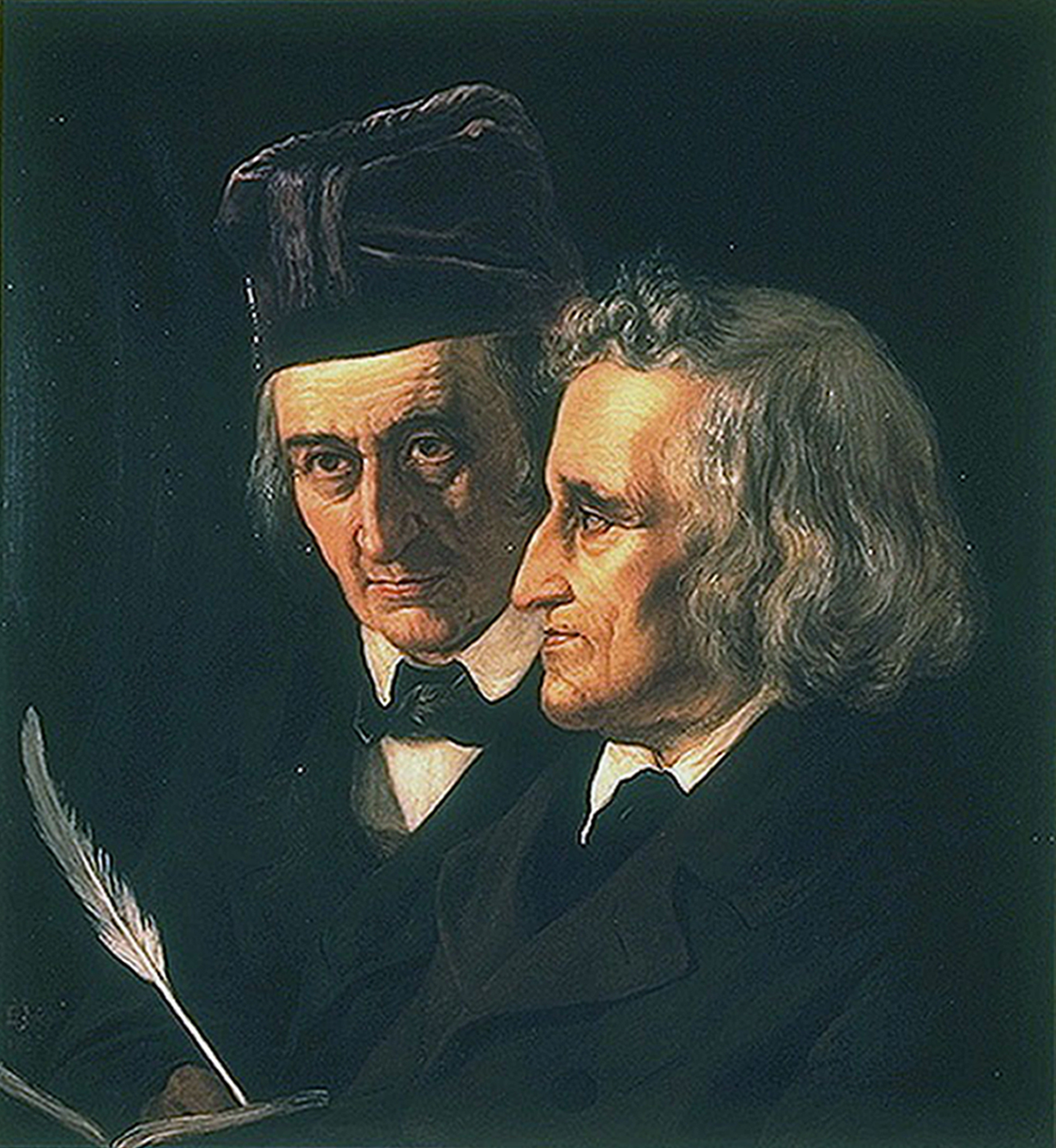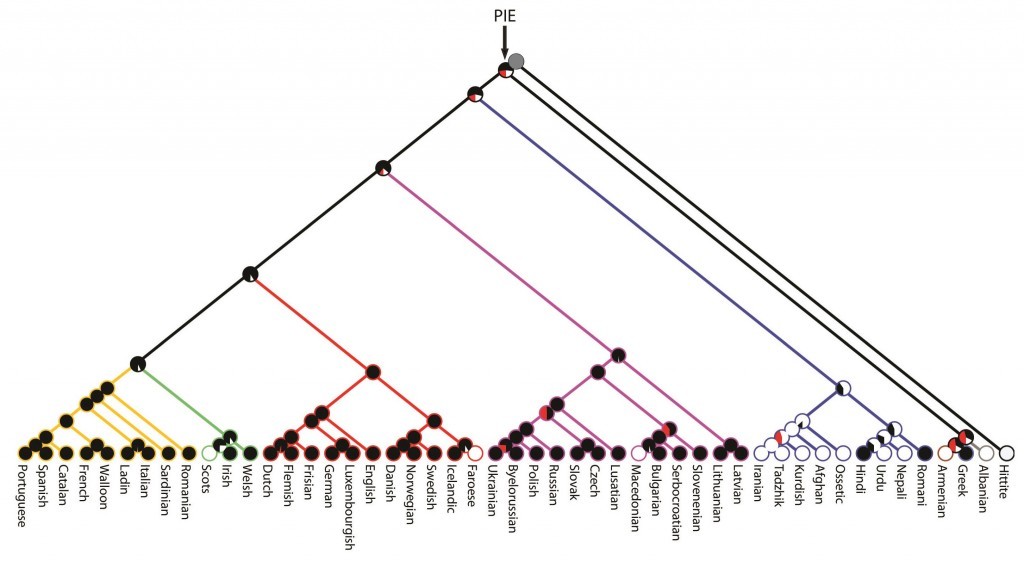
Using techniques normally employed by biologists, they studied common links between stories from around the world and found some have roots that are far older than previously known.
Durham University anthropologist Dr Jamie Tehrani, who worked with folklorist Sara Graca Da Silva, from New University of Lisbon, believed the research has answered a question about our cultural heritage.
In the 19th century Wilhelm Grimm, of the famous Brothers Grimm, believed that many of the fairy stories they popularised were rooted in a shared cultural history dating back to the birth of the Indo-European language family.
But later thinkers challenged that view, saying that some stories were much younger, and passed into oral tradition having first been written down by writers from the 16th and 17th centuries.
Dr Tehrani said: “We can come firmly down on the side of Wilhelm Grimm.
“Some of these stories go back much further than the earliest literary record and indeed further back than Classical mythology – some versions of these stories appear in Latin and Greek texts – but our findings suggest they are much older than that.”
The academic said Jack And The Beanstalk was rooted in a group of stories classified as The Boy Who Stole Ogre’s Treasure, and could be traced back to when Eastern and Western Indo-European languages split – more than 5,000 years ago.
Analysis showed Beauty And The Beast and Rumpelstiltskin to be around 4,000 years old.
And a folk tale called The Smith And The Devil was estimated to go back 6,000 years to the Bronze Age.
The story which involves a blacksmith selling his soul in a pact with the Devil in order to gain supernatural ability, then tricking the evil power, is not so well known today, but its theme of a Faustian pact is still current.
The study employed phylogenetic analysis, which was developed to investigate evolutionary relationships between species, and used a tree of Indo-European languages to trace the descent of shared tales on it, to see how far they could be demonstrated to go back in time.
Dr Tehrani said: “We find it pretty remarkable these stories have survived without being written.
“They have been told since before even English, French and Italian existed. They were probably told in an extinct Indo-European language.”
Fairy stories often have themes common to humans throughout the world and through all ages, such as family, betrayal, violence and survival, he said.
And he said we enjoy the magical element, explaining: “I think it is human nature to think about that territory about the edges of what is possible and impossible.”
The research is published in Royal Society Open Science.

Enjoy the convenience of having The Sunday Post delivered as a digital ePaper straight to your smartphone, tablet or computer.
Subscribe for only £5.49 a month and enjoy all the benefits of the printed paper as a digital replica.
Subscribe